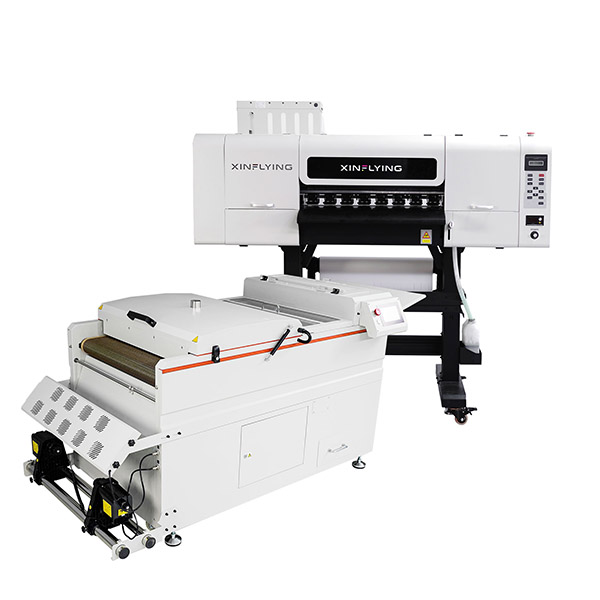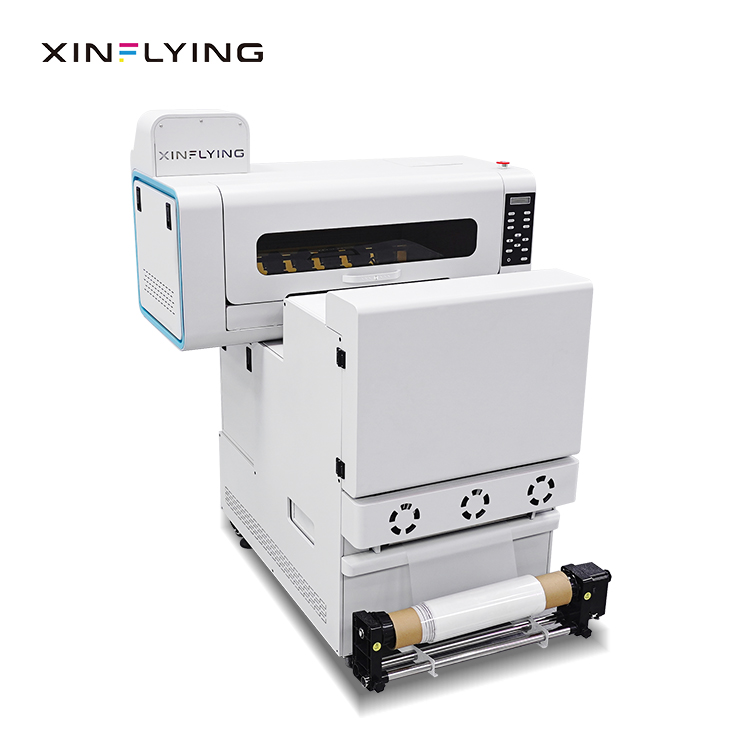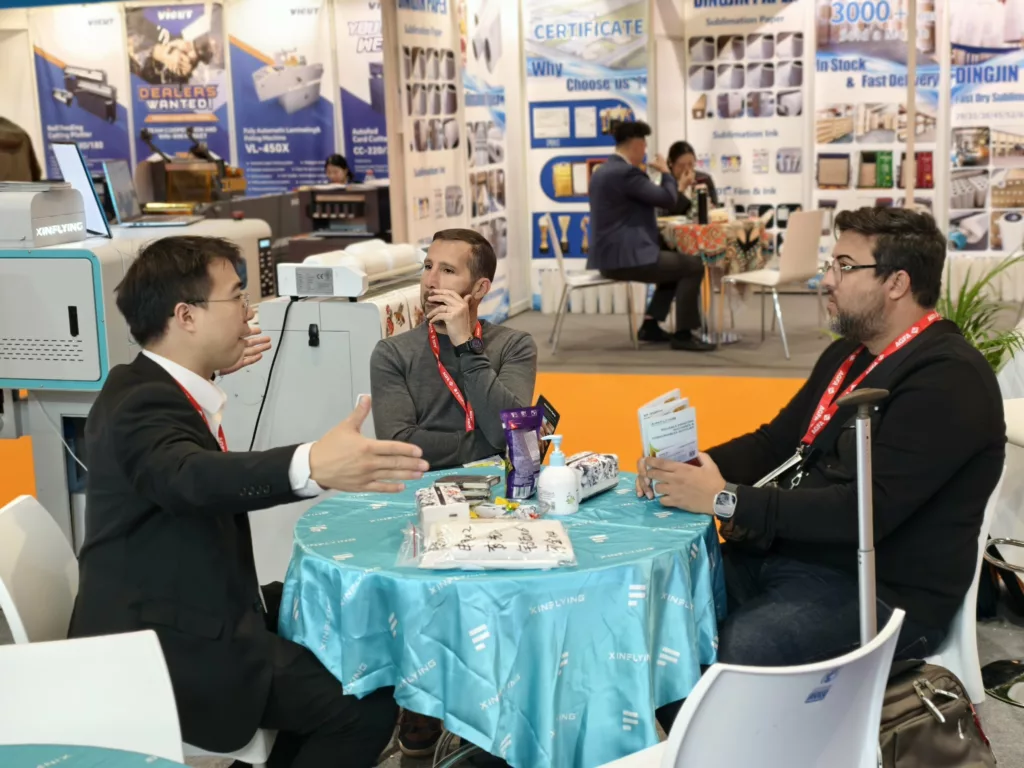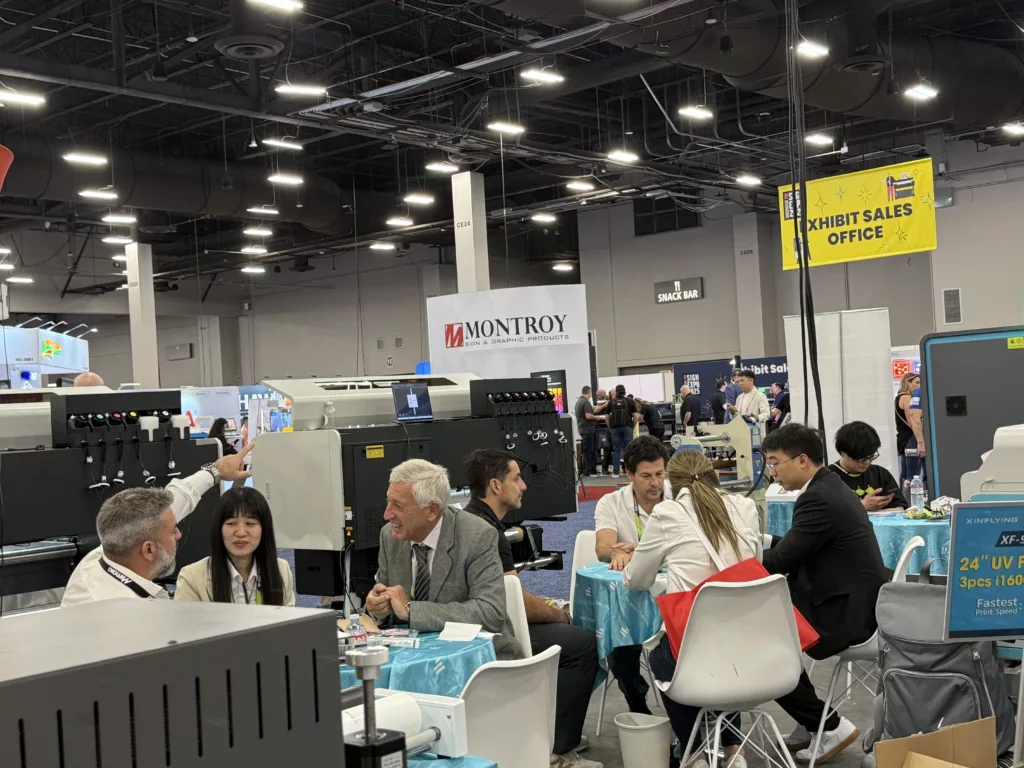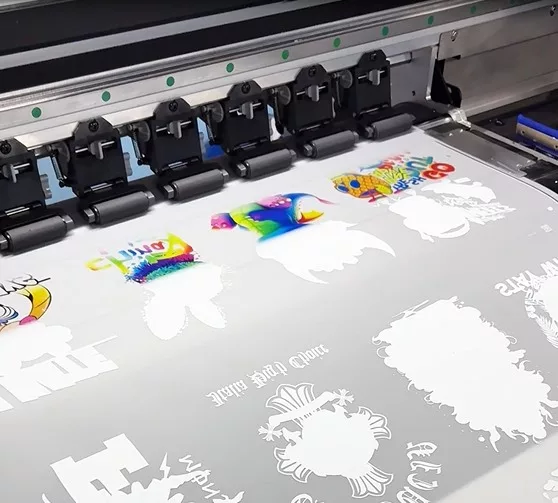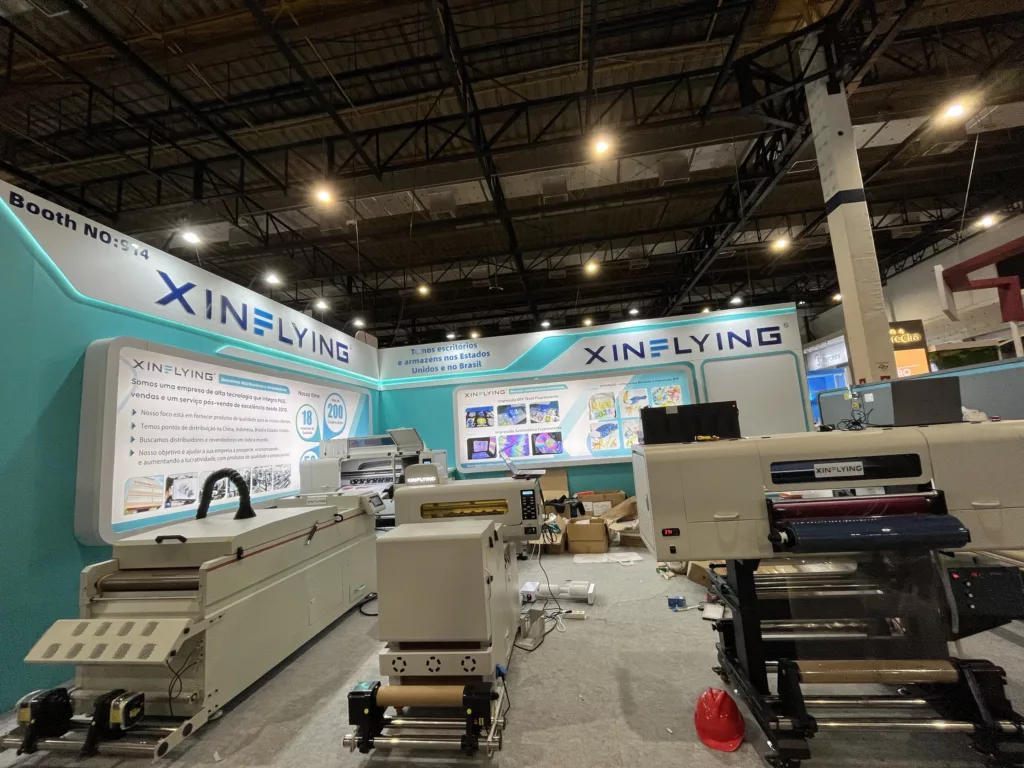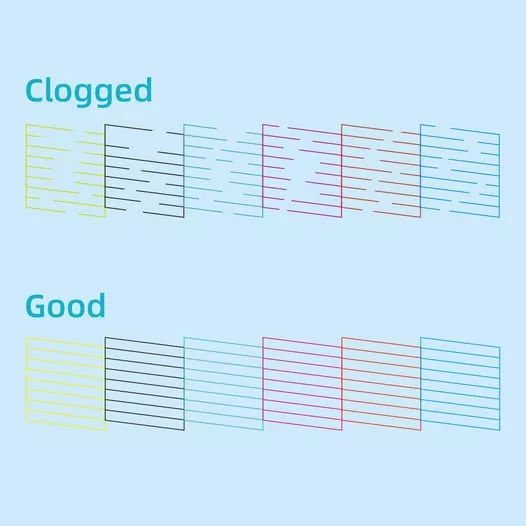Choosing the right DTF printer for your needs can be a daunting task, especially with the wide array of options available in the market. A1, A2, and A3 DTF printers all have their own set of pros and cons, and understanding the differences between them is crucial to making an informed decision. In this article, we will delve into the details of each type of DTF printer machine to help you determine which one is the best fit for your printing needs.
What Is A1, A2 or A3 DTF Printer?
A1, A2, and A3 DTF printers are types of printers that use the direct-to-film (DTF) printing technology to transfer designs onto various substrates such as garments, bags, and other textile materials. These printers are known for their high-quality prints and vibrant colors, making them popular choices for businesses in the apparel and promotional industries.
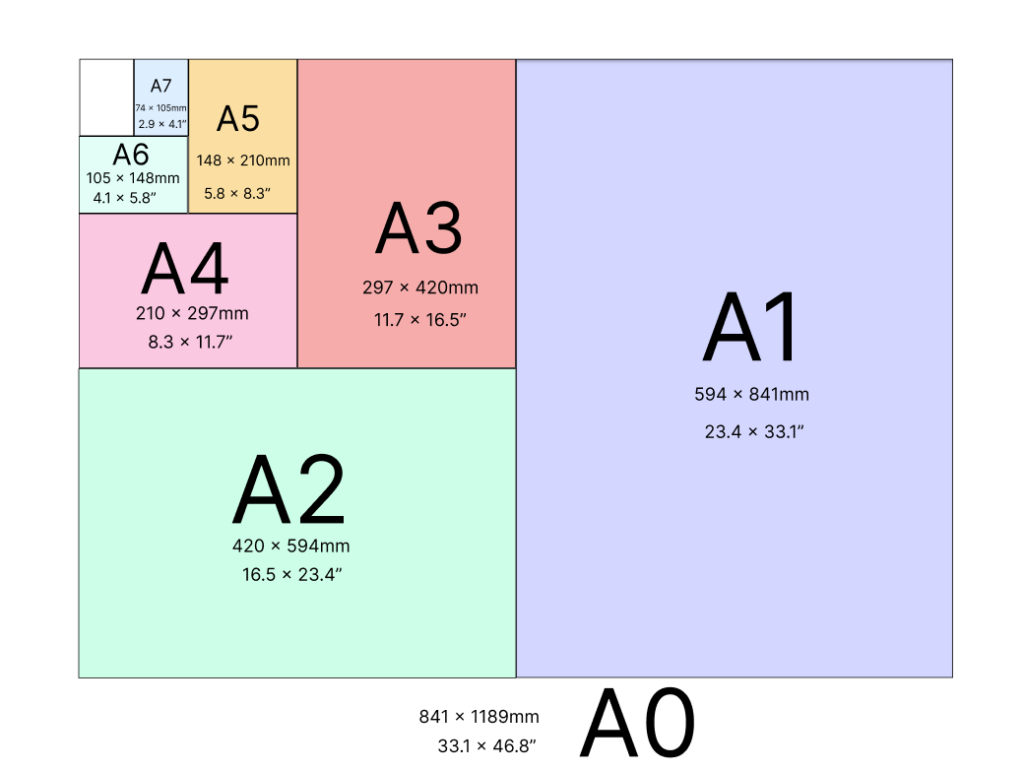
In the context of DTF printers, A1, A2, and A3 refer to standard paper sizes. These sizes are commonly used in the printing industry to categorize the dimensions of paper or printing surfaces.
- A1 DTF Printer: A1 is a paper size that measures 23.4 x 33.1 inches (594 x 841 mm). It is commonly used for large-format printing and is known for its ability to accommodate oversized designs and graphics.
- A2 DTF Printer: A2 is a paper size that measures 16.5 x 23.4 inches (420 x 594 mm). It is smaller than A1 but still offers a decent printing area for medium-sized designs and prints.
- A3 DTF Printer: A3 is a paper size that measures 11.7 x 16.5 inches (297 x 420 mm). It is smaller than both A1 and A2 and is typically used for standard-sized prints and documents.
When applied to DTF printers, these designations indicate the print size capabilities of the respective printers in terms of the maximum dimensions of the designs they can transfer onto various substrates.
Pros and Cons of A1 DTF Printers
A1 DTF printers are characterized by their large printing size, making them ideal for printing designs on larger garments.
Pros
- Large Printing Size: A significant advantage of A1 DTF printers is their ability to handle designs on larger garments, including hoodies and jackets, with ease. This makes them ideal for businesses that cater to oversized printing projects.
- High-Resolution Prints: A1 DTF printers excel in producing detailed and intricate designs with vibrant and accurate colors, ensuring that your prints stand out with exceptional quality and clarity.
Cons
- Higher Cost: One of the drawbacks of A1 DTF printers is their comparatively higher price point when compared to A2 and A3 models. While the initial investment may be steeper, the quality and capabilities of the printer may justify the cost in the long run.
- Bulkier Size: Due to their larger print bed and design, A1 DTF printers typically require more space for installation and operation. This factor may be a consideration for businesses with limited space or specific layout requirements.
Pros and Cons of A2 DTF Printers
A2 DTF printers offer a good balance between print size and cost, making them a popular choice for small to medium-sized businesses.
Pros
- Moderate Printing Size: A2 DTF printers strike a balance between print size and affordability, making them a versatile choice for small to medium-sized businesses with varying printing needs. The moderate printing size of A2 printers allows for the creation of designs on a wide range of garments and materials, providing flexibility in the printing process.
- Compact Design: A2 DTF printers are known for their space-saving and compact design, making them ideal for businesses with limited workspace. The smaller footprint of these printers ensures that they can fit comfortably in smaller work areas without compromising on performance.
Cons
- Limited Print Size: Despite their versatility, A2 DTF printers may have limitations in accommodating larger garment sizes compared to A1 printers. This restriction could impact the types of projects that can be undertaken using A2 printers, particularly those requiring oversized prints or specific dimensions.
- Moderate Cost: While A2 DTF printers are more affordable than their A1 counterparts, they still come with a price tag that may be a consideration for budget-conscious businesses. The moderate cost of A2 printers reflects a balance between functionality and affordability, providing businesses with a cost-effective option for their printing needs.
Pros and Cons of A3 DTF Printers
A3 DTF printers are the most compact and affordable option among the three types. They are suitable dtf printer for small business with limited space and budget constraints.
Pros
- Compact Size: A key advantage of A3 DTF printers is their compact and space-saving design, making them ideal for businesses with limited workspace or smaller printing requirements.
- Affordable Option: A3 DTF printers offer a budget-friendly choice for businesses looking to invest in DTF printing technology without breaking the bank.
Cons
- Limited Print Size: A3 DTF printers have a smaller print size compared to A1 and A2 models, which may restrict the types of designs and garment sizes that can be accommodated.
- Less Versatility: Due to their smaller print size, A3 DTF printers may be less versatile in terms of applications and capabilities for certain printing projects.
Comparison of A1, A2, and A3 DTF Printers
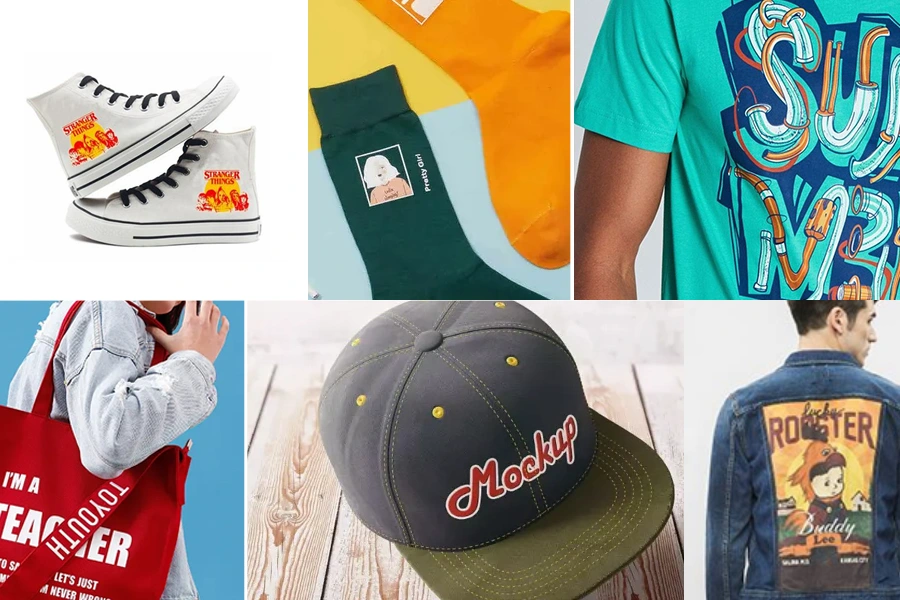
Print Size and Capacity
A1 DTF printers are capable of printing designs on larger garments with dimensions up to 23.4 x 33.1 inches, making them ideal for oversized prints. A2 DTF printers have a print size of 16.5 x 23.4 inches, while A3 DTF printers have a print size of 11.7 x 16.5 inches. The choice of DTF printer should be based on the size of the designs you intend to print.
Print Quality and Resolution
When it comes to print quality and resolution, A1 DTF printers offer the highest level of detail and color accuracy due to their larger print size. A2 DTF printers come in second place, followed by A3 DTF printers. If you prioritize print quality, investing in an A1 DTF printer may be the best option for you.
Cost of Printer and Supplies
A1 DTF printers are the most expensive among the three types, with prices ranging from $10,000 to $20,000 or more. A2 DTF printers are more affordable, costing between $5,000 to $10,000, while A3 DTF printers are the most budget-friendly, priced at $2,000 to $5,000. Additionally, the cost of supplies such as DTF film and DTF ink should also be considered when choosing a DTF printer.
Ease of Use and Maintenance
A1 DTF printers may require more technical expertise to operate and maintain due to their larger size and complexity. A2 and A3 DTF printers are relatively easier to use and maintain, making them suitable for beginners or small businesses without dedicated technical staff. Consider your comfort level with technology and maintenance requirements when selecting a DTF printer.
Versatility and Applications
A1 DTF printers are versatile in terms of the types of garments and materials they can print on, making them suitable for businesses with diverse printing needs. A2 and A3 DTF printers are more limited in terms of their print size and applications, but they are still capable of producing high-quality prints on a variety of substrates. Evaluate your business’s printing requirements to determine which DTF printer offers the most versatility for your projects.
How to Choose the Best DTF Printer for Your Needs
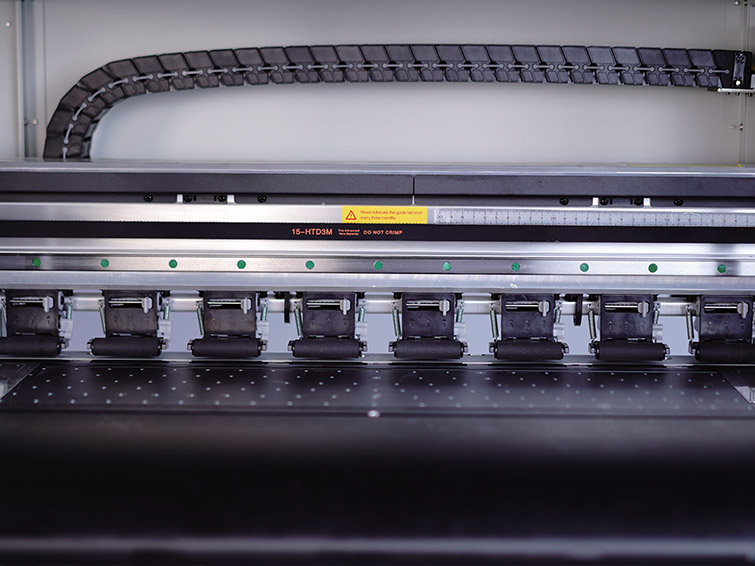
Determine Your Printing Needs
Before investing in a DTF printer, assess your printing volume, the types of designs you plan to print, and the size of the garments you will be working with. This information will help you determine whether an A1, A2, or A3 DTF printer is the best fit for your business.
Set a Budget
Establish a budget for purchasing a DTF printer, taking into account not only the initial cost of the printer but also ongoing expenses such as supplies and maintenance. Compare prices across different brands and models to find a printer that offers the best value for your money.
Research Different Brands and Models
Research various brands and models of DTF printers to compare features, specifications, and customer reviews. Look for printers that have a good reputation for reliability, print quality, and technical support. Consider factors such as print speed, ink compatibility, and software capabilities when making your decision.
Consider Technical Support and Warranty
Choose a DTF printer from a reputable textile printing machine manufacturer that offers reliable technical support and a warranty on the printer. This will ensure that you have access to assistance in case of technical issues or malfunctions, as well as protection against defects or damage. Verify the terms of the warranty and the availability of customer support before making your purchase.
Conclusion
In conclusion, selecting the right DTF printer for your business requires careful consideration of various factors such as print size, quality, cost, ease of use, and versatility. Whether you opt for an A1, A2, or A3 DTF printer ultimately depends on your specific printing needs and budget constraints. By analyzing the pros and cons of each type of DTF printer and following the recommended steps for choosing the best one for your business, you can make an informed decision that will benefit your printing operations in the long run. Choose wisely and start creating stunning prints with your new DTF printer.



























